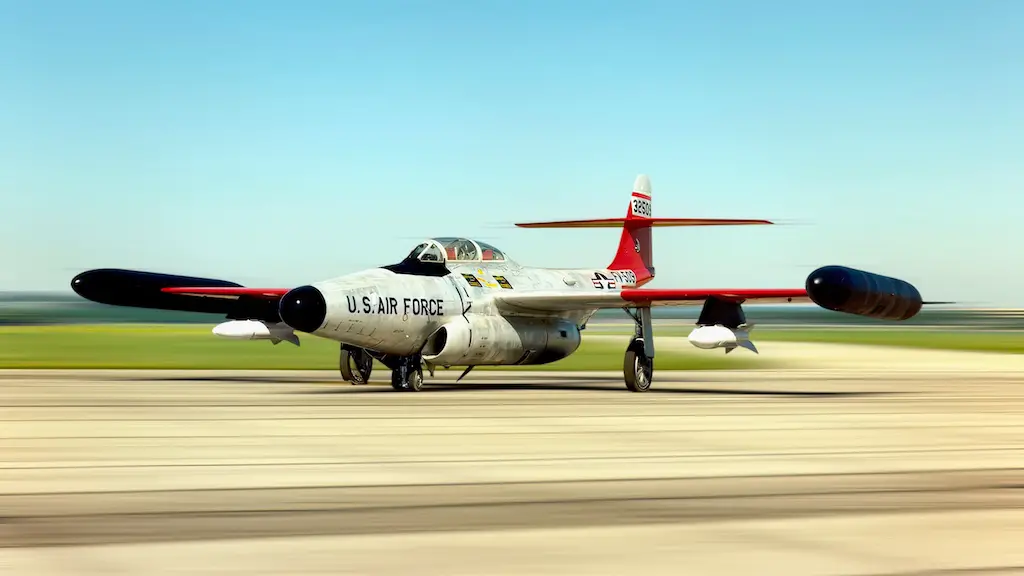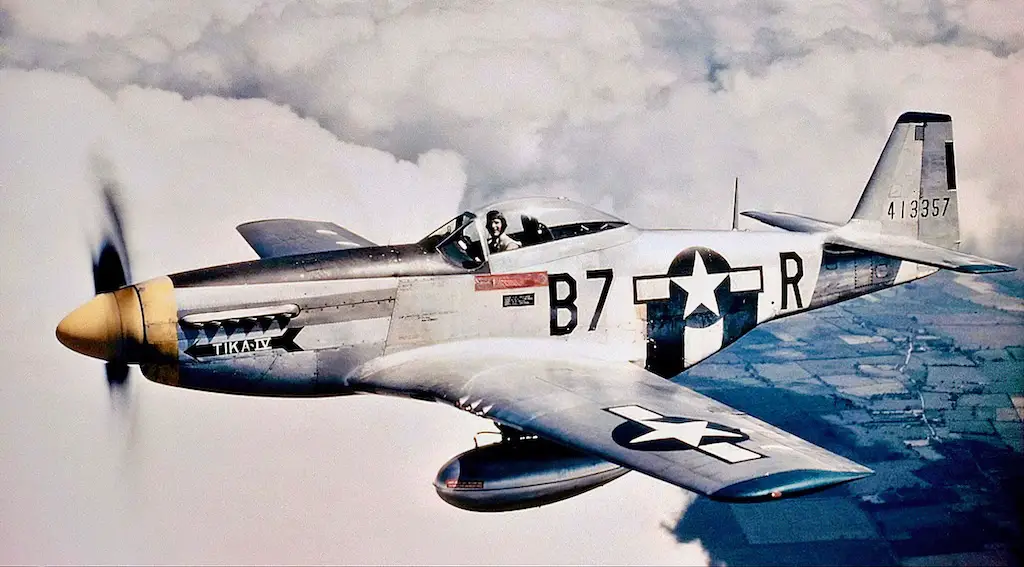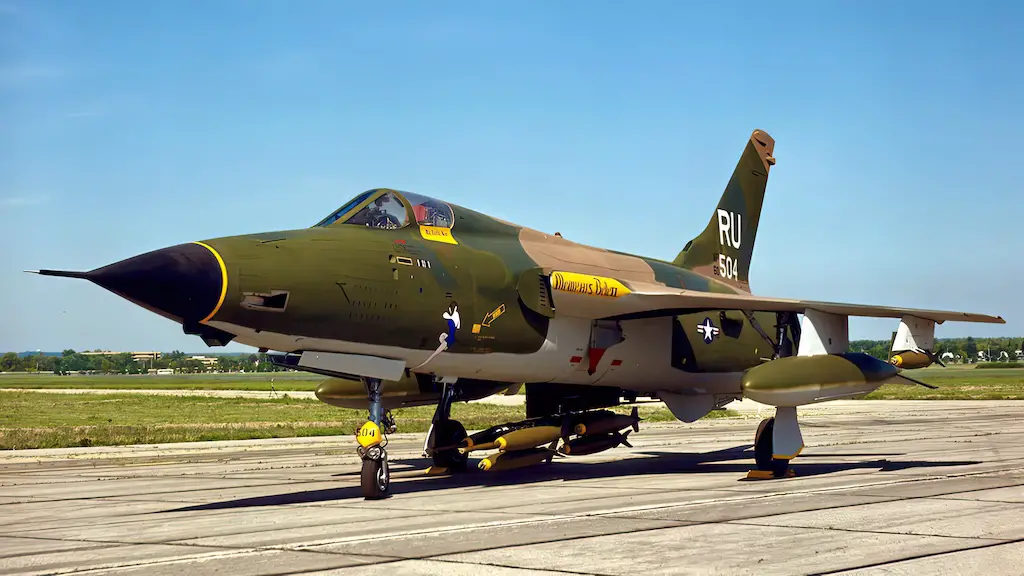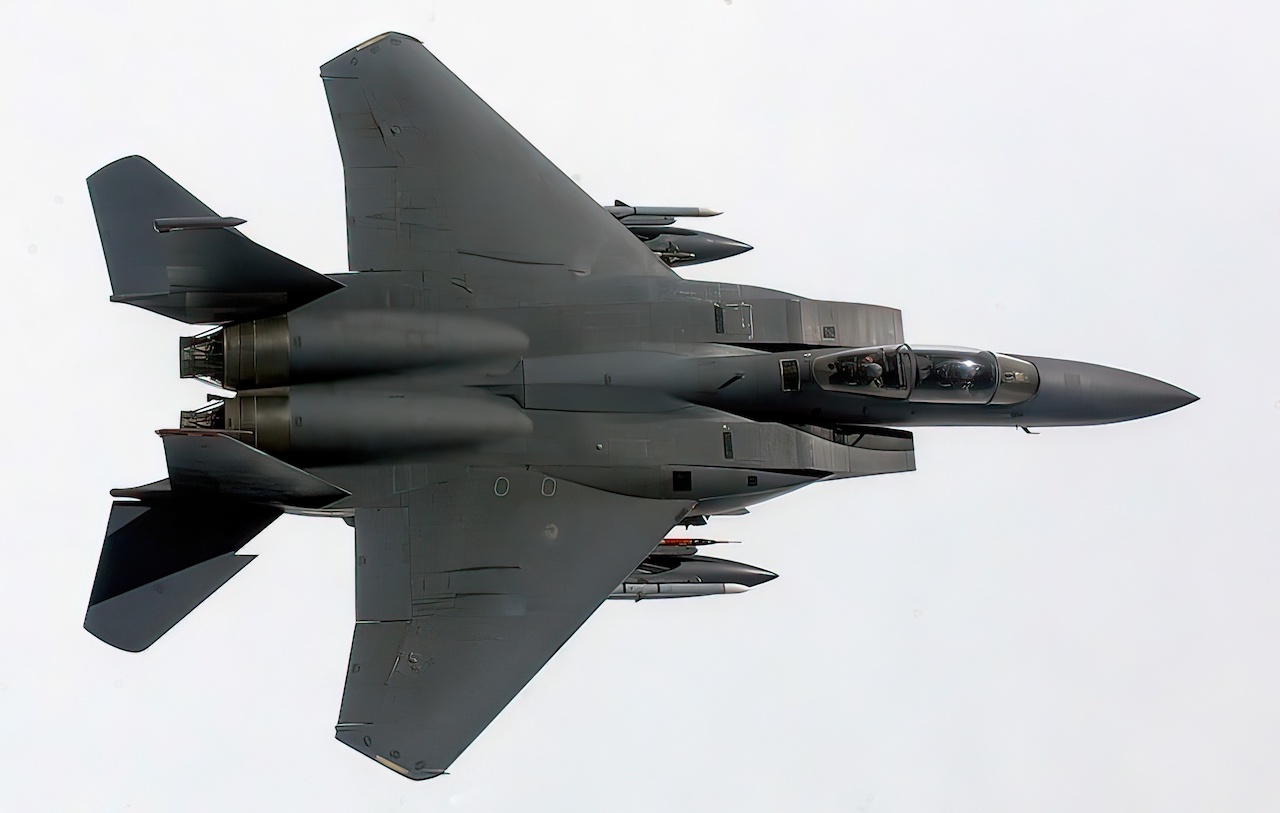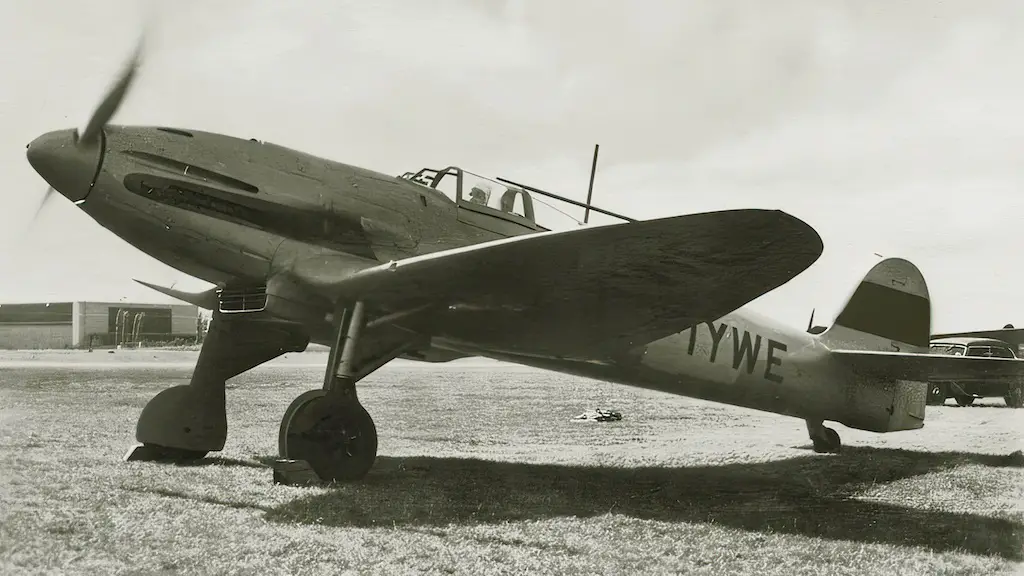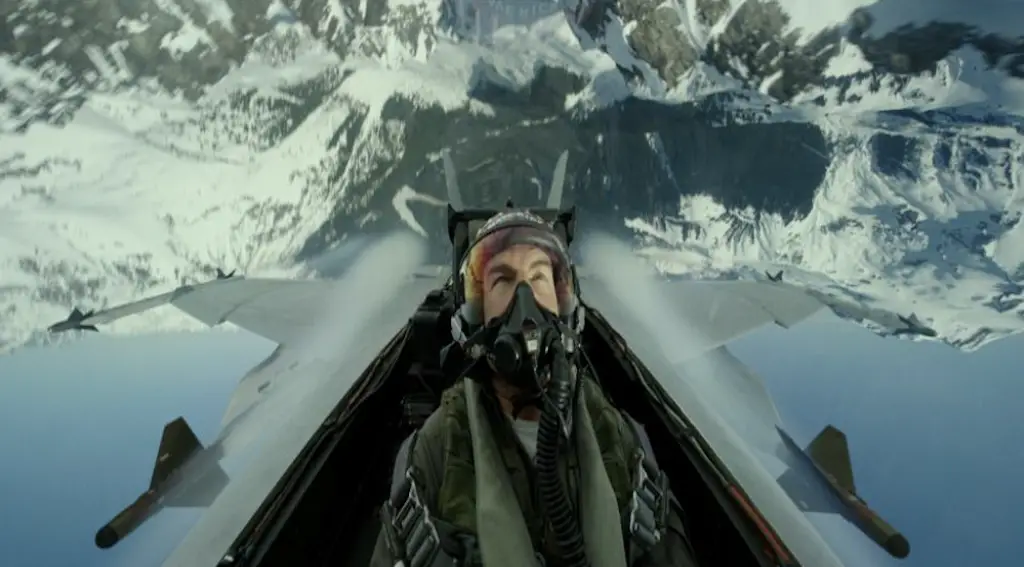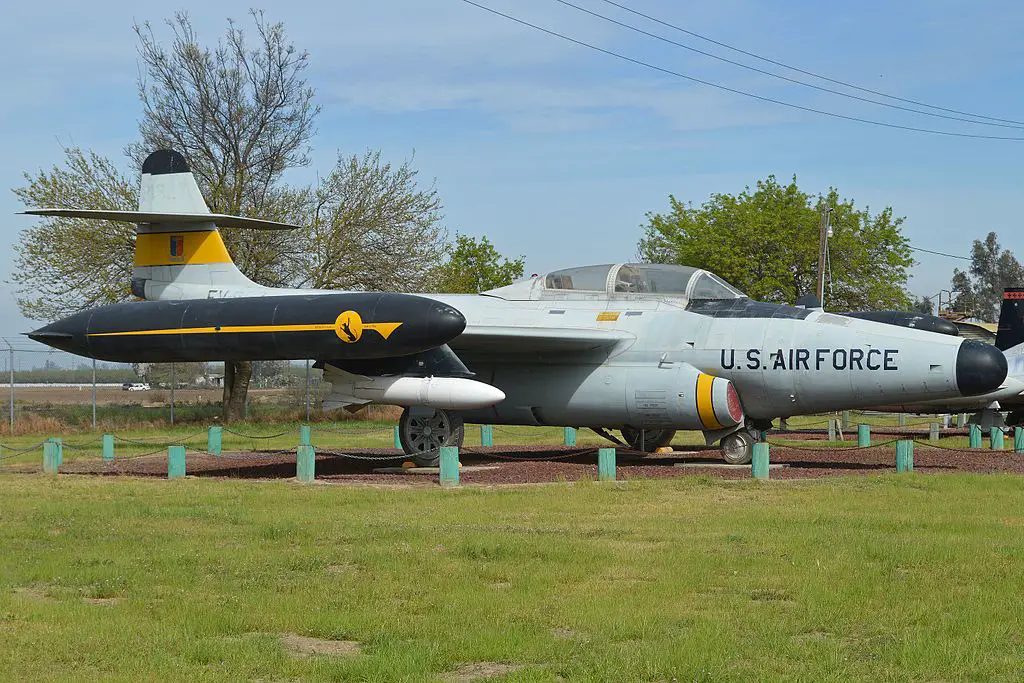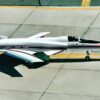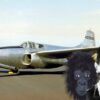Advanced Features of the Northrop F-89 Scorpion
The Northrop F-89 Scorpion, an advanced jet interceptor, was developed by Northrop Corp. for the U.S. Air Force in the 1950s. Its weather-resistant capability was a standout feature, enabling operation in any weather conditions, at any hour. The F-89 had an advanced radar and fire control system, meaning the pilot could detect and track enemy planes and launch missiles in low-visibility situations.
The dual-seat layout of the F-89 was also unique: the pilot occupied the front seat, and the radar operator had a rear seat. This promoted better coordination and communication between the two crew members while in flight. It was an aircraft with a sturdy frame that could withstand extreme speeds and maneuvers. It was outfitted with ejection seats for maximum safety. All these made the F-89 Scorpion an accomplished and adaptable aircraft ready to be a notable opponent to enemy aircraft.
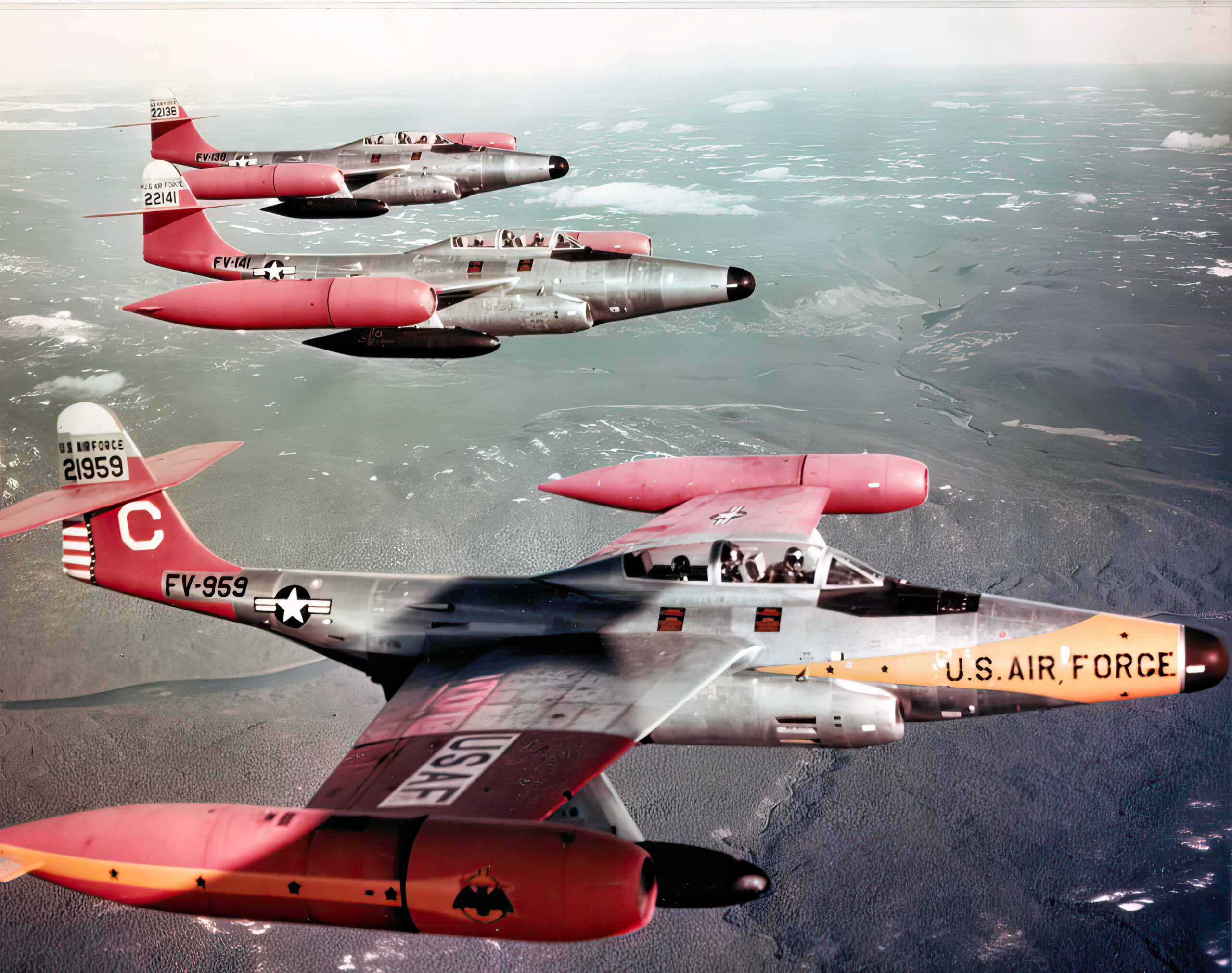
Development History
The Northrop F-89 Scorpion plane was designed in response to the U.S. Air Force’s need for a reliable all-weather interceptor aircraft in the late 1940s. The initial prototype of the F-89, known as the XF-89, took its first flight in August 1949. The plane had a double-engine setup and a unique two-seat design, with the pilot in the front position and the radar operator in the rear. The XF-89 was also distinguished by its wing design, which swept forward for improved stability and handling.
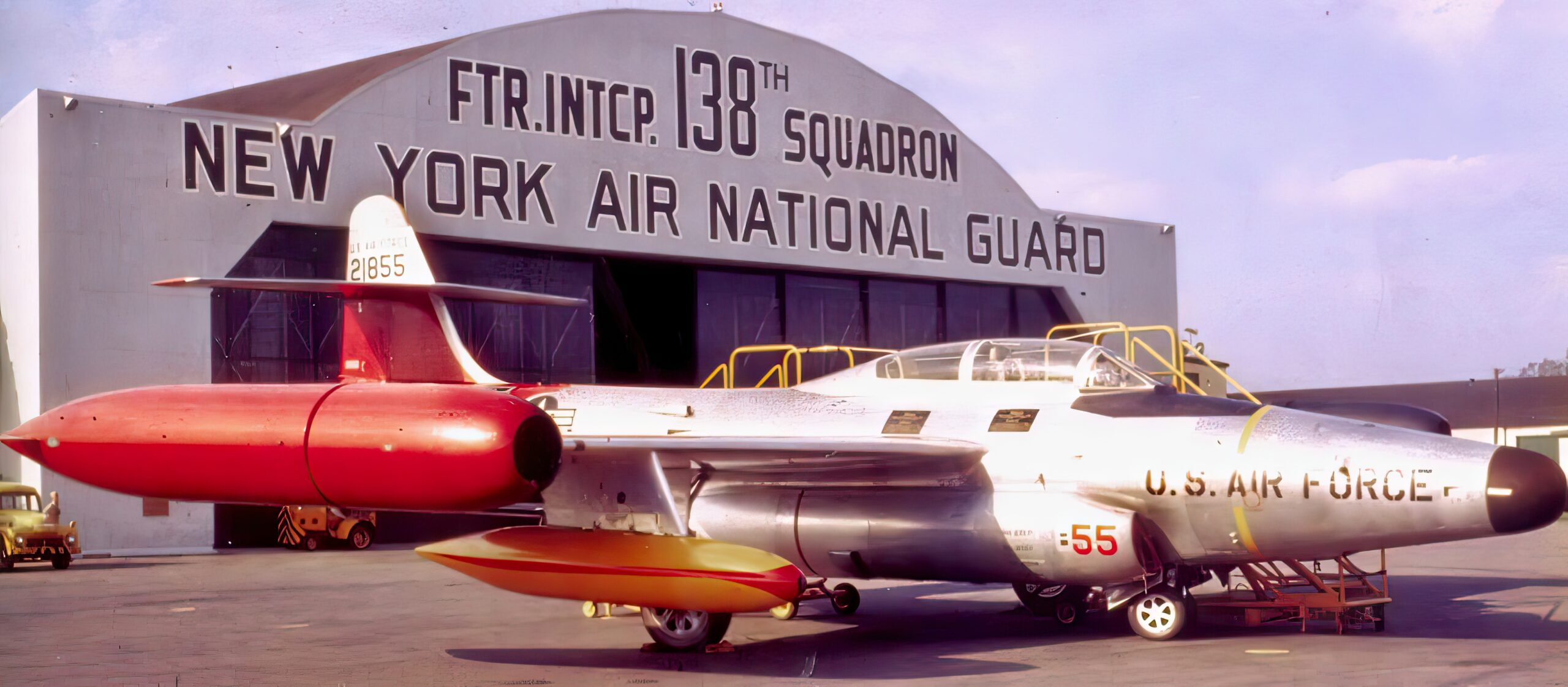
During its development, the F-89 was modified and upgraded. It’s later versions had stronger engines, enhanced radar systems, and air-to-air missile capabilities. The F-89D iteration, which debuted in 1955, was the first to be armed with the Hughes AIM-4 Falcon air-to-air missile. It resulted in increased effectiveness of the aircraft at intercepting enemy bombers. The F-89 Scorpion entered service with the USAF in 1951 and was used during the Cold War.
Flaws
Despite all the advantages, the Northrop F-89 Scorpion had several flaws limiting its effectiveness. These included poor engine performance, lacking armaments, restricted radar capacity, unsatisfactory handling features, and vulnerabilities in its structure. The Pratt & Whitney J48 turbojets proved defective and required high maintenance, which led to frequent breakdowns.
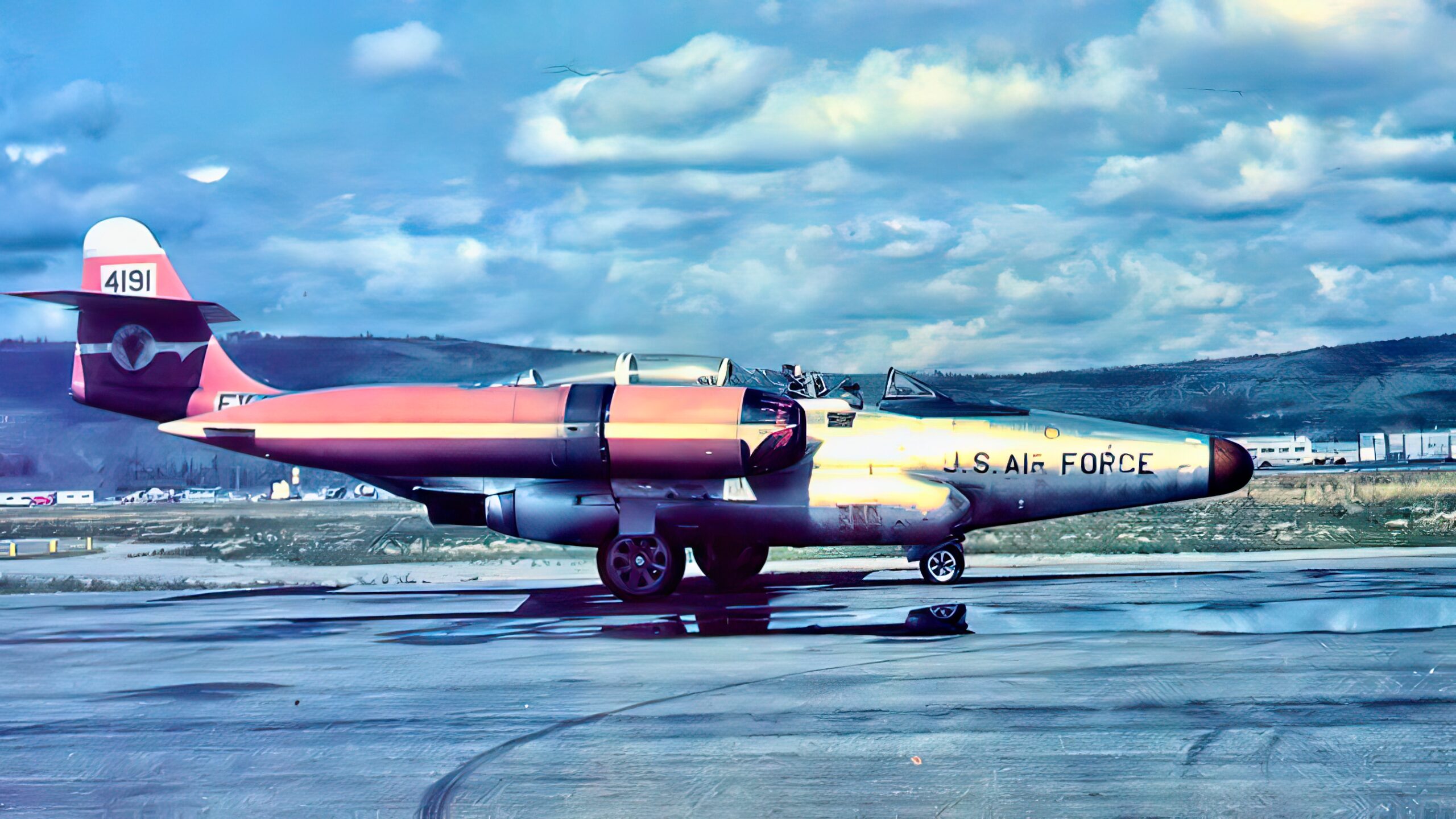
The armament consisting of six inaccurate rockets and four 20mm cannons, was also limited in ammunition. The radar inadequately detected low-flying targets, while the inability to differentiate between allies and enemies led to complicated confusion and friendly fire incidents. The F-89 was challenging to control with a narrow view from the cockpit. Structural weaknesses led to accidents and the loss of several aircraft throughout their service life.
Aircraft Armed with Air-to-Air Nuclear Weapons
As part of its primary objective, the F-89 Scorpion jet fighter was outfitted with many weapon types, including nuclear warheads. Certain variations of the F-89 were ingeniously designed to carry nuclear-tipped Genie rockets that delivered single devastating explosions and had a range spanning miles. This use of nuclear weaponry was a fundamental aspect of the American Cold War strategy, aimed primarily at defensive and deterrence purposes. The idea was that by keeping these lethal weapons at hand, the U.S. could prevent a Soviet attack and intercept incoming bombers.
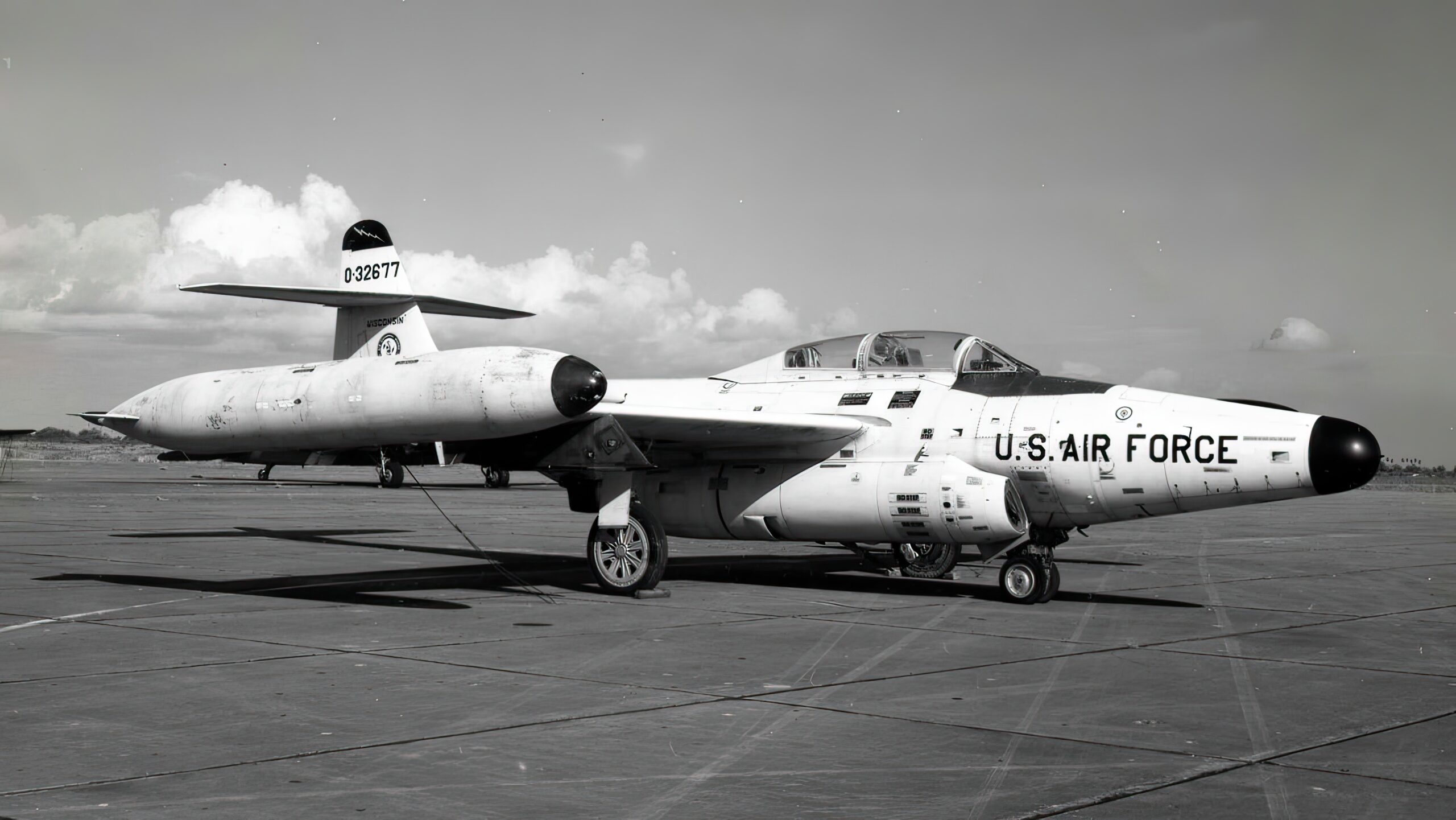
A tragic event in November 1954, when an F-89 Scorpion accidentally launched rockets at a Canadian commercial jetliner, killing everyone aboard, clearly highlighted the risks of such weapons. This occurrence underscored the hazards of maintaining high-alert nuclear weapons and triggered safety regulations for their deployment. Nevertheless, the F-89 Scorpion served in the USAF until the late 1950s and was gradually replaced by more sophisticated models of interceptors.

